The Illumination Cinematography Workshop is an immersive instructive course by Shane Hurlbut ASC on the MZed educational platform for creators. Although this course isn’t new (3 years old), we’ve eagerly listened and inspired. Read our review below.
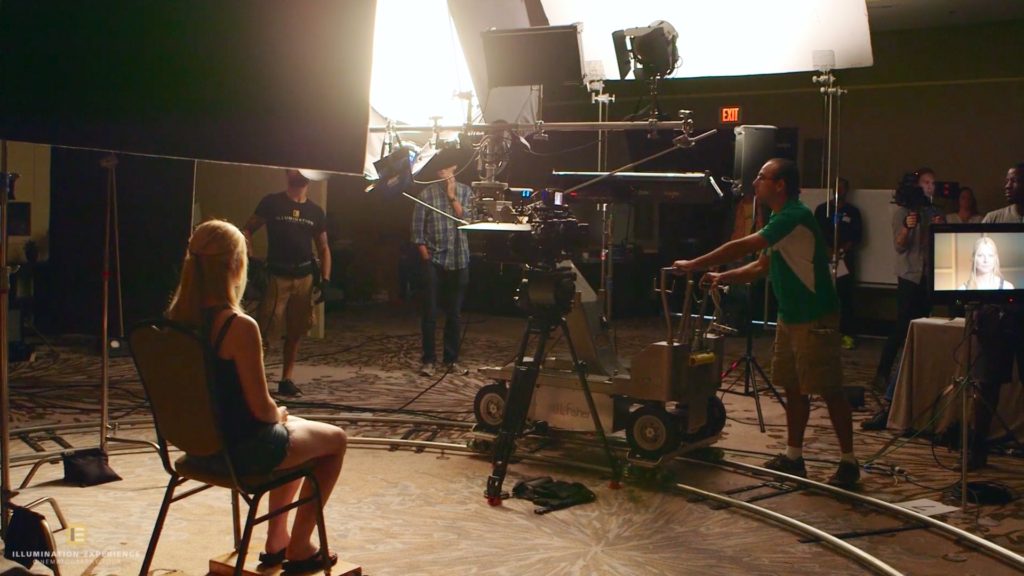
Illumination Cinematography Workshop
The Illumination Cinematography Workshop is one of Shane’s most immersive hands-on approach and engaging courses that deals with (or tries to explain) the marriage between lights and cameras. The course’s goal is to educate you on how to tell your story by lights. It’s not just how to light for the right exposure, but lighting to establish the correct atmosphere that leads to the most relevant cinematography for a specific story. The other will say that this course is pure gold. We tend to agree with that. Although Shane Hurlbut ASC is a world-renowned cinematographer, he’s also an outstanding educator and teacher you should listen to. Furthermore, this course is FREE (for now) on the MZed educational platform. Have a look at the trailer below and scroll further to read our impressions.
The Illumination Cinematography Workshop is one of Shane’s most immersive hands-on approach and engaging courses that deals with (or tries to explain) the marriage between lights and cameras.
Click here for the course page
MZed vs. Hurlbut Academy
Basically, there are two versions of this workshop. Hurlbut Academy offers the course Illumination Experience: Workshop and MZed provides the Illumination Cinematography Workshop course which is reviewed here. However, they are both very similar and include more or less the same topics. Of course, both of them are conducted by Shane Hurlbut ASC.
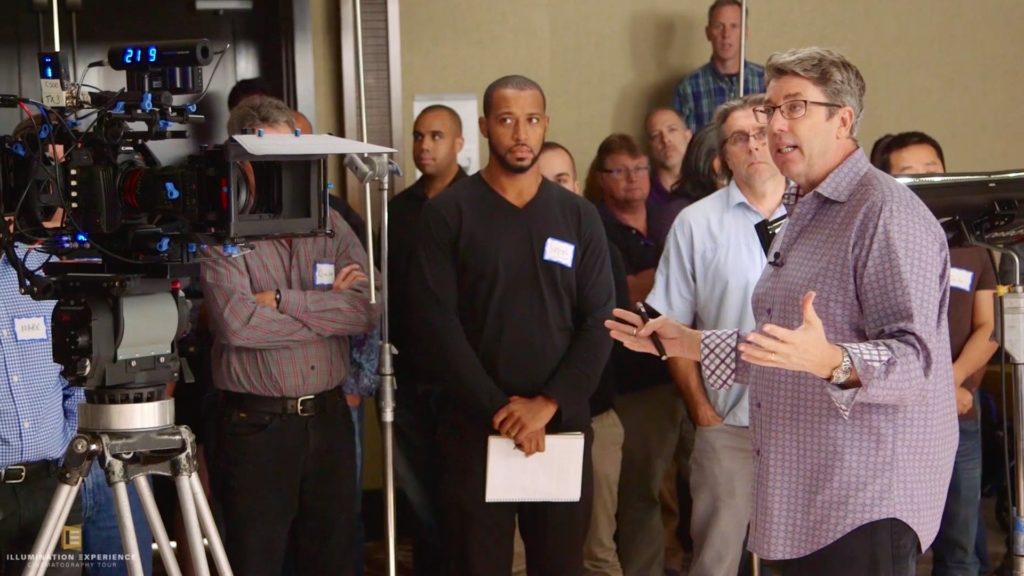
The educator: Shane Hurlbut, ASC
Shane is recognized as the first DP that utilized DSLR on Hollywood productions, which is “Act of Valor” that was shot on the Canon 5D Mark II. Thus, Shane helped to initiate the DSLR revolution, which means, using low-end cameras to bring stunning imagery into the big screen. From then, he focuses on inspiring and educating filmmakers, and he does it very well with a great passion.
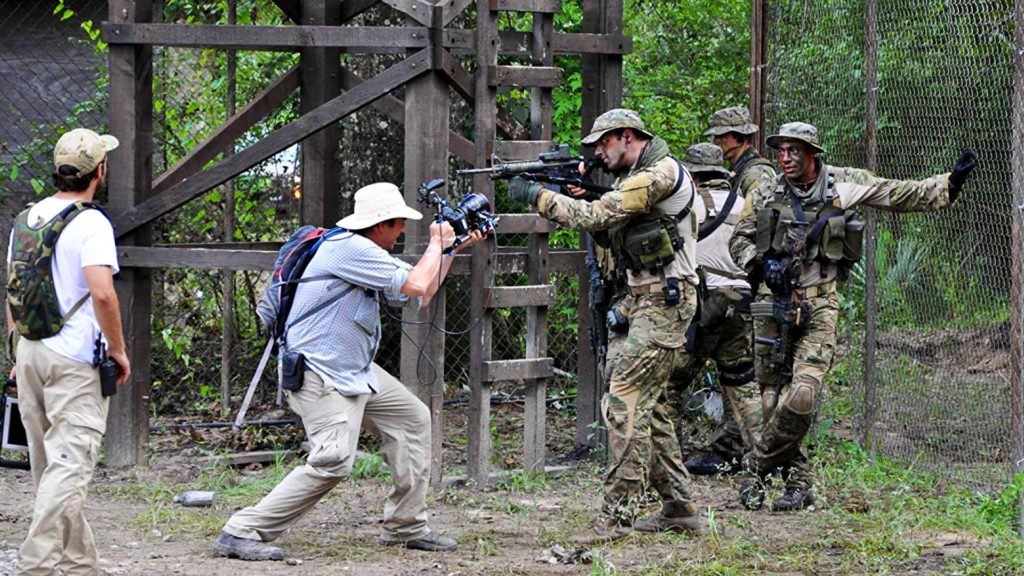
Shane is recognized as the first DP that utilized DSLR on Hollywood productions, which is “Act of Valor” that was shot on the Canon 5D Mark II
Course structure
The course is built from 10 modules (6 hours and 40 minutes in total). Some of the modules contain formal lectures and presentations. However, luckily, most of the course focuses on the practice which is far more important compared to theory, since filmmaking is about taking the camera and shoot stuff. And that’s exactly what Shane is doing. He guides you on how to light and shoot to fit your story’s needs. The workshop is based mainly on references which are Shane’s film. This is a huge advantage since the imitation of another well-known scene by trying to perform cinematography (and lighting ) restoration especially with affordable equipment, is very educating and compelling. This approach contributes to the whole educational process.
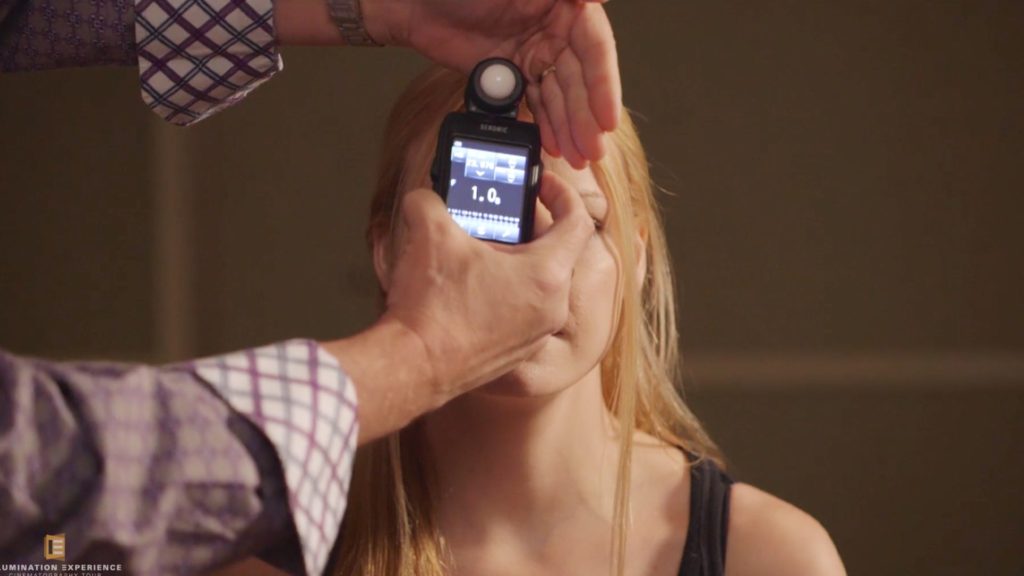
Modules and topics
Here are the modules and the topics of the course:
- The Cinematography Arsenal: Equipment that will be used throughout the course – Lighting, cameras, lenses, stabilizers, rigs, and more.
- Introduction to Key Lighting: Definition of key lighting and examples form Shane’s films.
- Lighting Study I: Different approaches to lighting the cast – Lighting from different angles for mood and creativity.
- Case Study: “Crazy/Beautiful”: The creative process for deconstructing a script and creating a visual tone for lighting and cinematography.
- Live Demo: Indoor Daylight – Master Shot: Lighting an indoor daylight scene. Actor blocking and camera movement with the primary dolly setup before experimenting with a gimbal and DIY approach.
- Live Demo: Indoor Daylight – Coverage I: Reconstructing the indoor day scene from “Crazy/Beautiful” using the Blackmagic Cinema Camera (old model).
- Live Demo: Indoor Daylight – Coverage II: Shane directs the scene and shows how to use varied lighting and camera techniques to draw different emotions.
- Lighting Study II: Shane explains backlighting using his work on “The Rat Pack” as an example, and takes us through another light study to understand the finer points of this lighting technique.
- Case Study: “The Rat Pack”: Deconstructing and recreation of a key scene from “The Rat Pack” and how to achieve the same thing on a budget.
- Case Study: “Need for Speed”: Deconstructing a high-action night car chase scene from Shane’s work on “Need for Speed”. He shows how he was able to light the entire sequence using primarily practical lighting and the versatility of digital cinema cameras.
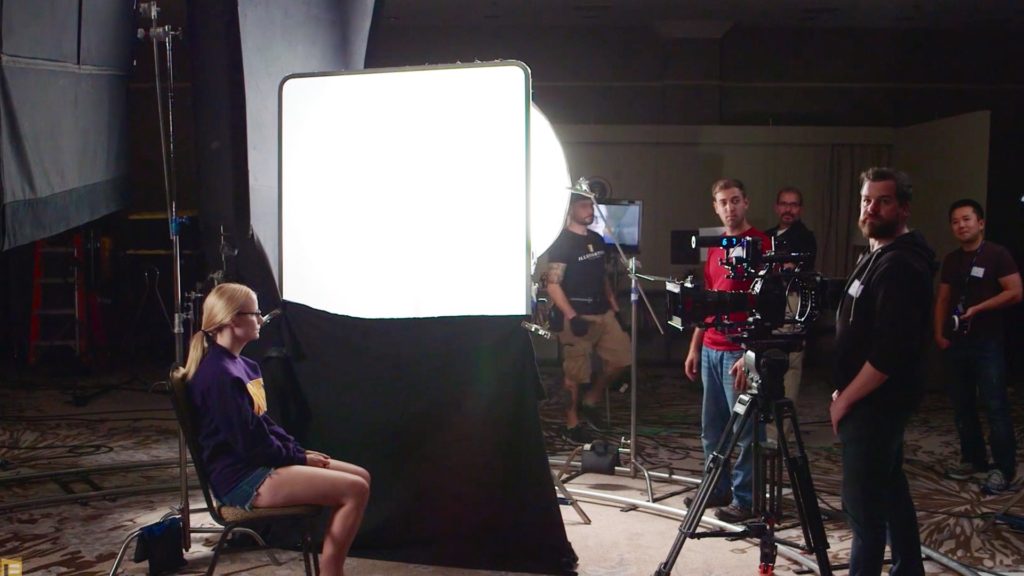
Click here for the course page
Focusing on motion
Although this course is titled as Illumination Workshop, the camera’s motion is also being emphasized as well. Shane is known for his passion for camera movements. For instance, he used the Mōvi extensively on his film Fathers and Daughters. Thus, this motion is practically being demonstrated in the workshop, together with lighting by mimicking scenes from Shane’s movies. On the fly, Shane grants you tips and tricks for optimized execution in the production, that the final product will look polished and professional. Here, the motion complements the lighting and vice-versa. Moreover, Shane mentions that the kinetics of the camera (stabilizer, slider, and dolly) needs to be dictated by the story and lights, and thus has to be precise and not exaggerated. During the workshop, you will learn how to deliver your message by utilizing motion and lights.
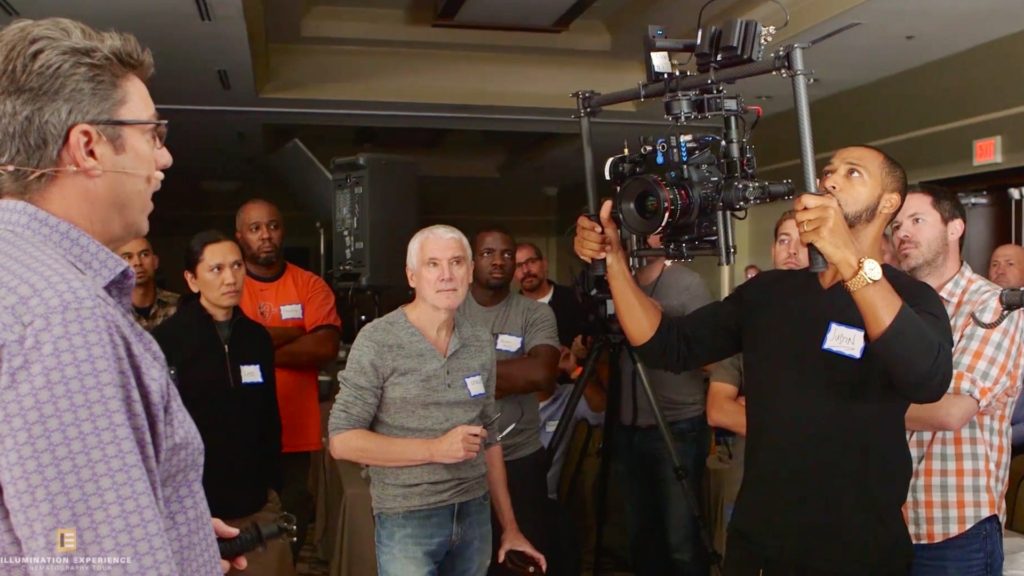
Motion is practically being demonstrated in the workshop, together with lighting by mimicking scenes from Shane’s movies
High-end results with low-end products
From judging by the workshop’s trailer, it may seem like you need to heavily invest in high-end expensive lightings that will allow you to implement Shane’s bits of advice. However, Shane proves that even low-end products purchased in Office-Depot (sheets and DIY lights) can do the job. It’s actually being demonstrated on blockbusters like “Need for Speed” which is quite cool. The workshop shows a comparison between $15,000 and $200 lighting equipment. You will be surprised that there is not much of a difference between them.
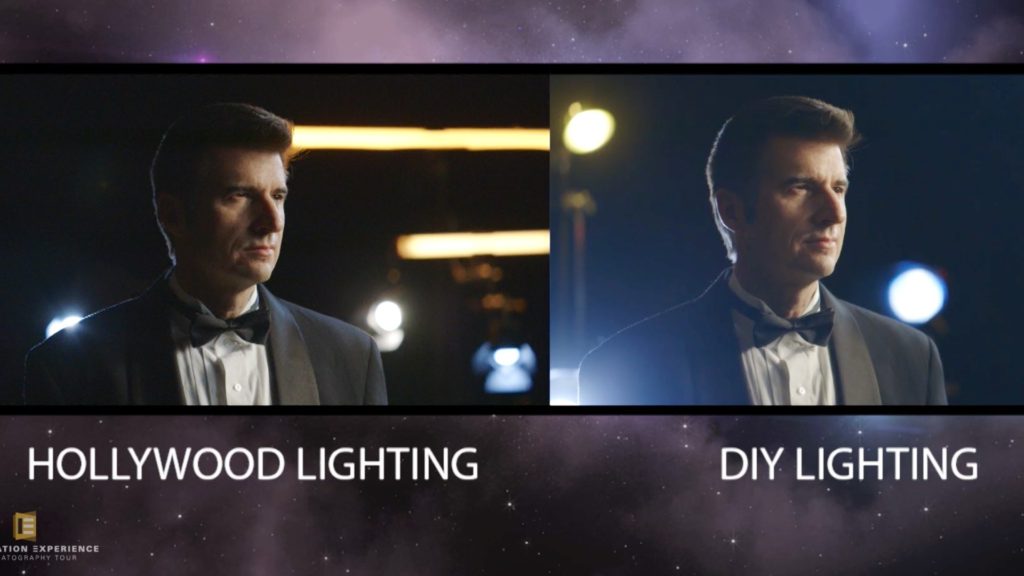
It may seem like you need to heavily invest in high-end expensive lightings that will allow you to implement Shane’s bits of advice. However, Shane proves that even low-end products purchased in Office-Depot (sheets and DIY lights) can do the job.
Working with cameras
As explained, the Illumination Cinematography Workshop deals with cameras as well. The cameras being used are Canon C500 (Mark I) and Blackmagic Cinema Camera (old model). This course is not new, and so are the cameras. However, a camera is a camera. Most importantly are the things around, like motion, lights, and how to combine them effectively to fit the story. Lensing is also a sub-topic in the course.
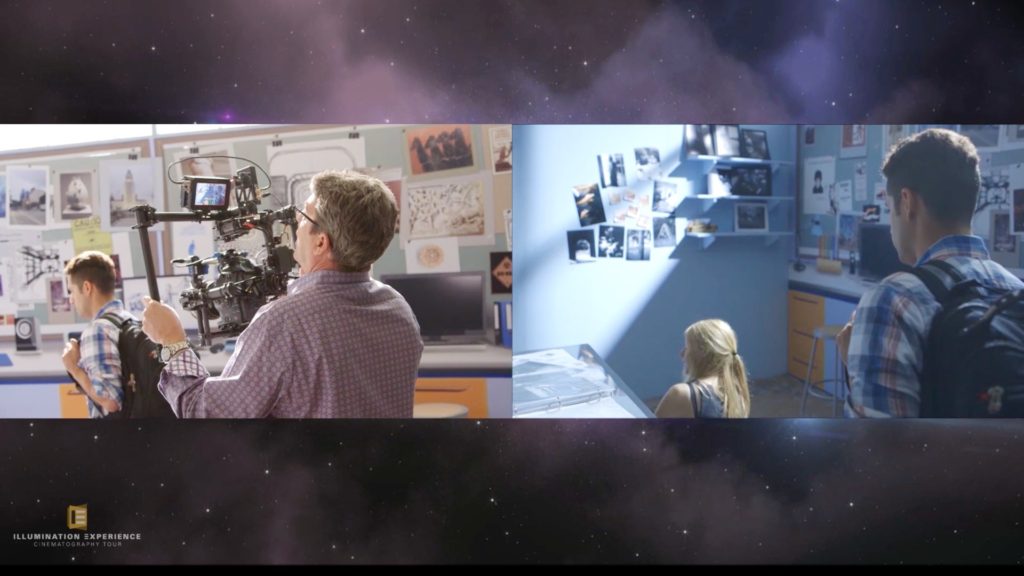
The integration between cameras and lenses is further demonstrated in the last chapter with “Need for Speed” as a case study. By the way, check out this awe-inspiring and most educating video below which shows the breakdown of cameras and lenses on one of Need for Speed trailers.
Final thoughts
In Illumination Cinematography Workshop, Shane Hurlbut ASC teaches us at eye level about the philosophy of lights and how to use low tech devices to get professionally polished footage. Furthermore, Shane gives special importance to the fact that there is no such thing as perfect lighting. In fact, using imperfect lighting is essential to elevate emotion in the scene. Furthermore, Shane navigates us so we can reach the most correct results with proper directing, lighting, and cinematography. This course is a great opportunity to make good use of these quarantine days and elevate your skills as a cinematographer. To sum it up, you should definitely take this workshop. For now, MZed is offering the Illumination Cinematography Workshop for free. All you have to do is to create an account on MZed. Enjoy!

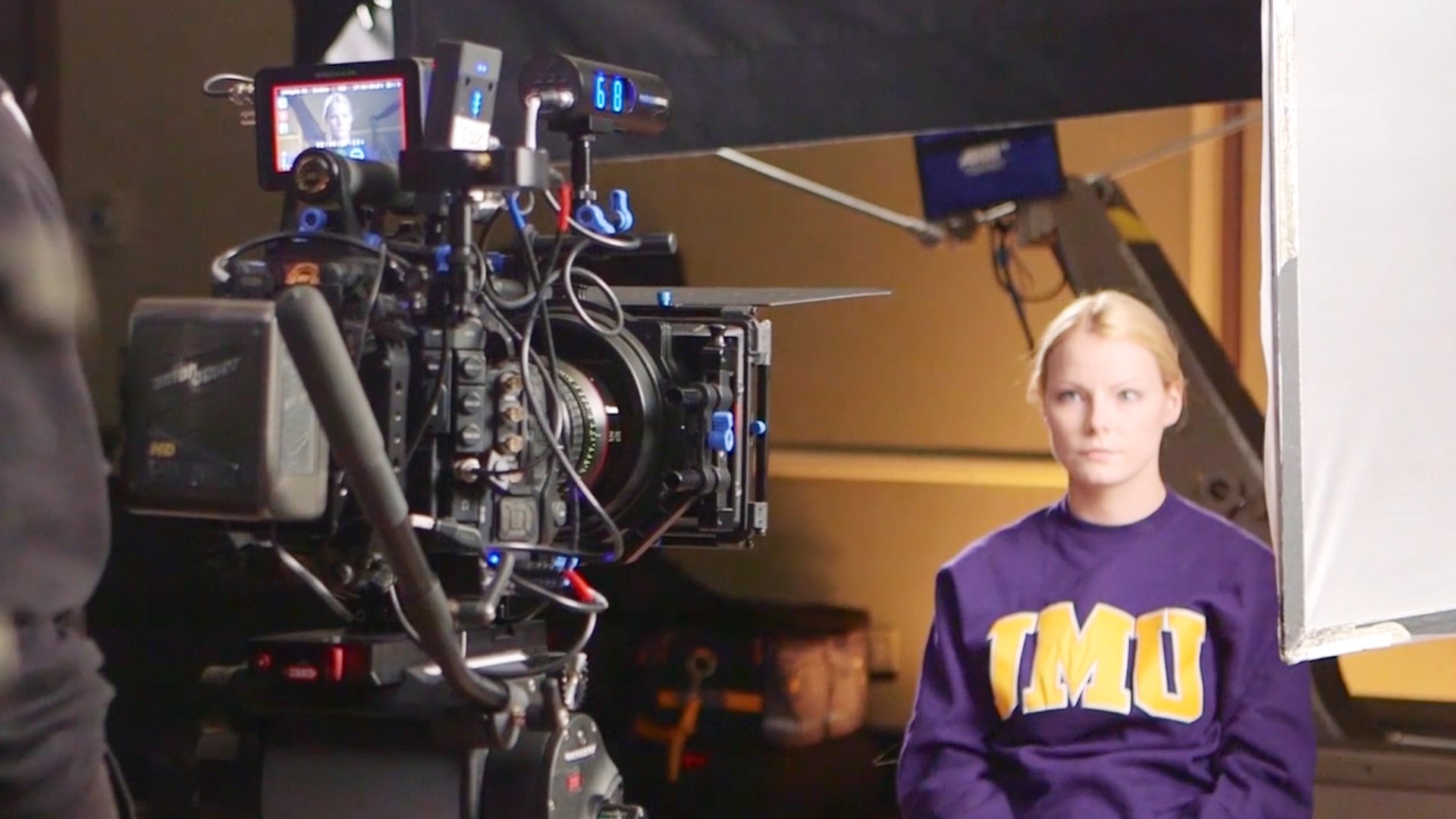


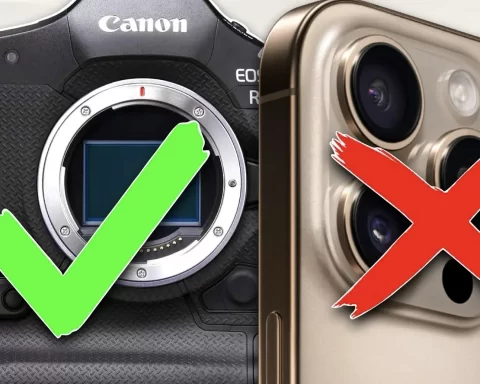
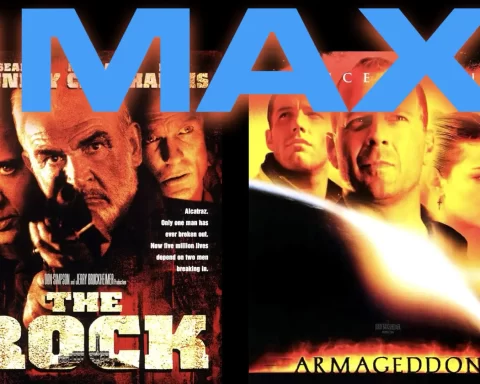
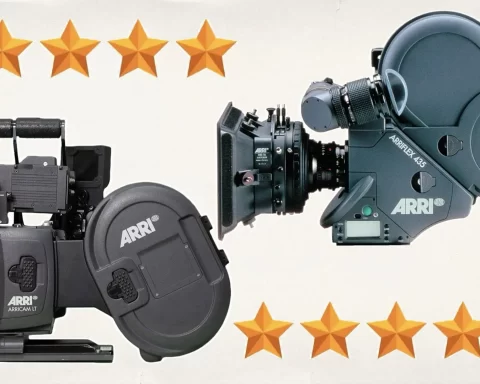
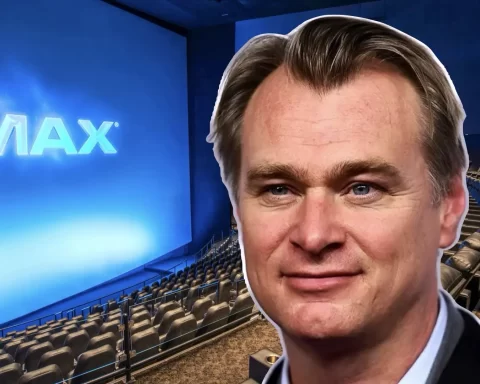

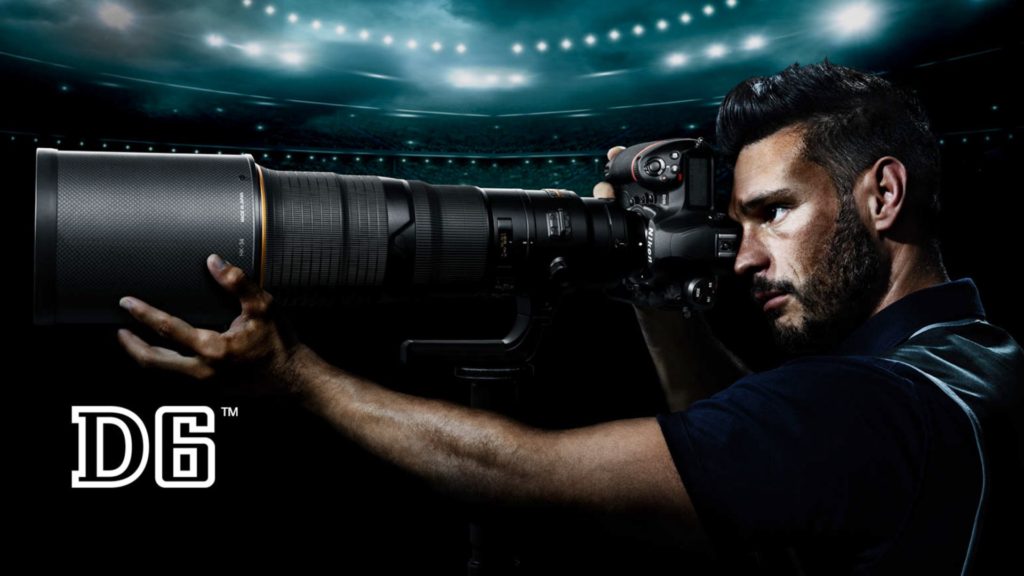
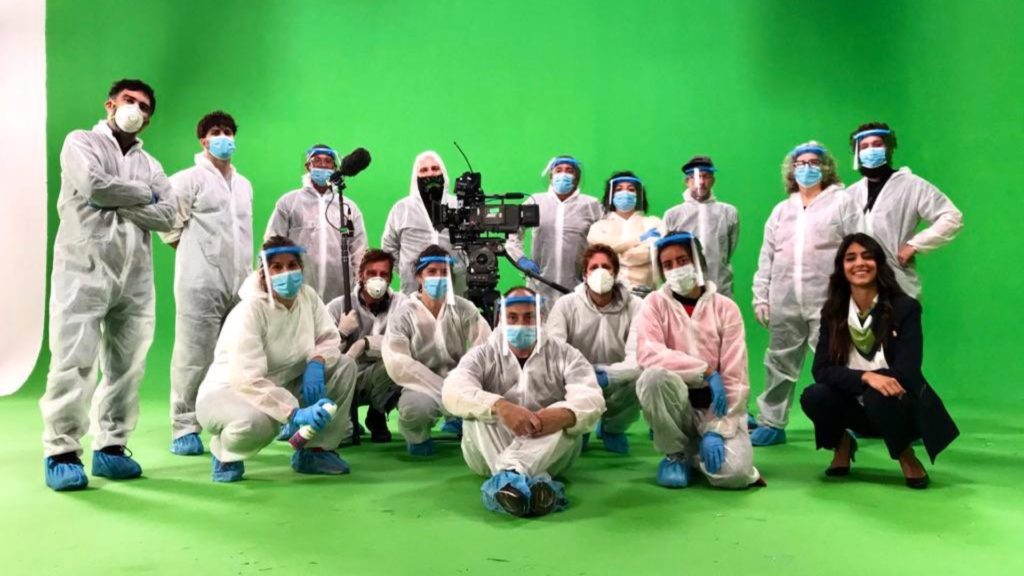



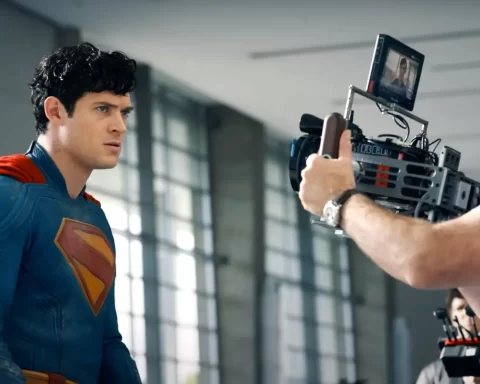
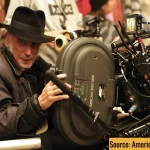
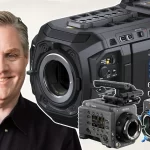
[…] Source link […]